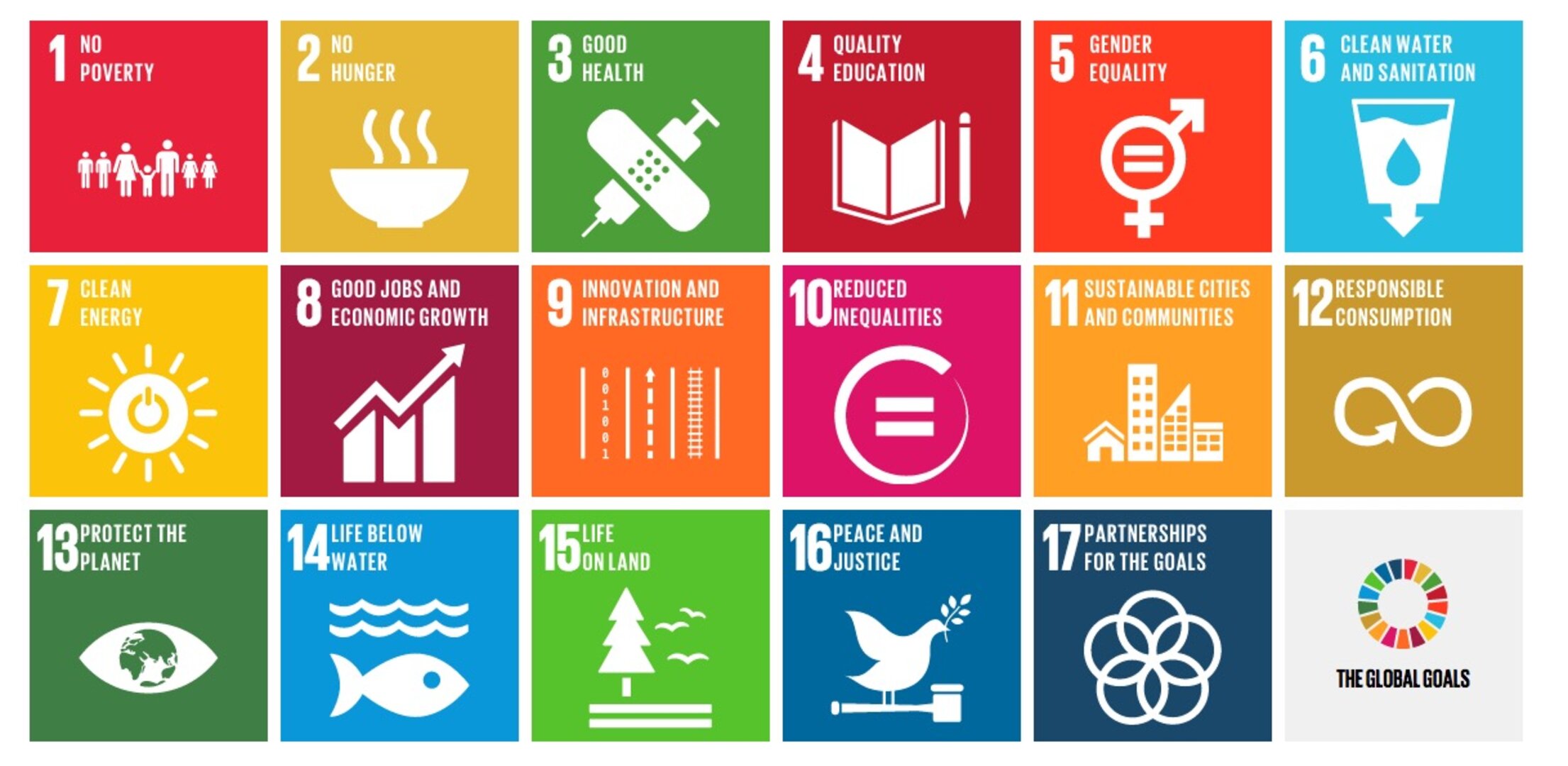
Carbon removal and avoidance: which is better?
In the battle against climate change, companies worldwide are adopting sustainable practices to reduce their carbon footprint. Crucial strategies gaining traction are carbon removal and carbon avoidance projects. With these, companies proactively address their unavoidable carbon dioxide (CO2) emissions through carbon removal and carbon avoidance in the voluntary carbon market. While both aim to mitigate greenhouse gas emissions, they differ significantly in approach and impact. This article explores the distinctions and roles they can play in your corporate sustainability strategy.
The significance of each carbon project class
While both carbon removal and carbon avoidance are vital strategies, they differ significantly in purpose and objectives.
- Carbon removal projects target existing CO2 emissions in the atmosphere, effectively reversing the effects of historical emissions and reducing greenhouse gas concentration.
- Carbon avoidance projects are proactive measures to prevent future CO2 emissions, mitigating the release of additional greenhouse gases into the atmosphere.
Example project types within both classes
Carbon removal projects
Projects actively capture CO2 from the atmosphere, “removing” existing emissions. They employ methods like:
- Direct air capture: Specialized filters or chemical reactions capture CO2 directly from ambient air. The captured CO2 can be stored underground or utilized in various industrial processes (read more on direct air capture)
- Biochar: Organic matter, like agricultural waste, is heated without oxygen, producing carbon-rich biochar. Applied to soils, it acts as a long-term carbon sink.
- Enhanced rock weathering: This process accelerates the natural weathering of rocks that react with CO2, locking it into stable mineral forms, effectively removing it from the atmosphere.
- Afforestation: Trees planted on previously non-forested land absorb CO2 as they grow and therefore store carbon.
Carbon avoidance projects
These projects focus on “avoiding” additional CO2 emissions from entering the atmosphere. Strategies include:
- Energy transition to renewables: One primary strategy is transitioning from fossil fuel-based energy to solar, wind, and hydro power.
- Methane gas capture: Crucial for carbon avoidance, projects capture methane emissions, such as from animal manure, converting them into biogas for cooking to reduce overall emissions.
- Clean cook stoves: Switching from three-stone-fires to manufactured cooking stoves can reduce the overall amount of firewood needed to cook a given meal.
Choosing the right approach for you
Consider your specific circumstances, goals, and resources when deciding between carbon removal and carbon avoidance. Both approaches have unique advantages and can be integrated into a comprehensive sustainability strategy.
Different organizations such as the SBTi (Science Based Target initiative) and The Oxford Principles have different views on this matter. SBTi recommends removals only. On the other hand, The Oxford Principles suggest a transition towards long-lived storage methods (long-lived removal projects) whilst allowing portfolios to include avoidance projects for the coming years.
Conclusion
Carbon removal and avoidance are vital parts of your holistic strategy for reducing global warming and combating climate change. Prioritize high-quality carbon credits and shift to long-lived storage methods. Support the development of a market for net-zero. By embracing these strategies, you can create a sustainable and greener future for all countries across the world.
As a sustainability and ESG leader, or Head of Sustainability, you should consider the unique advantages of each approach to achieve your corporate climate strategy.
You can book a free consultation with our team to explore different projects and find some which match to your internal goals.


